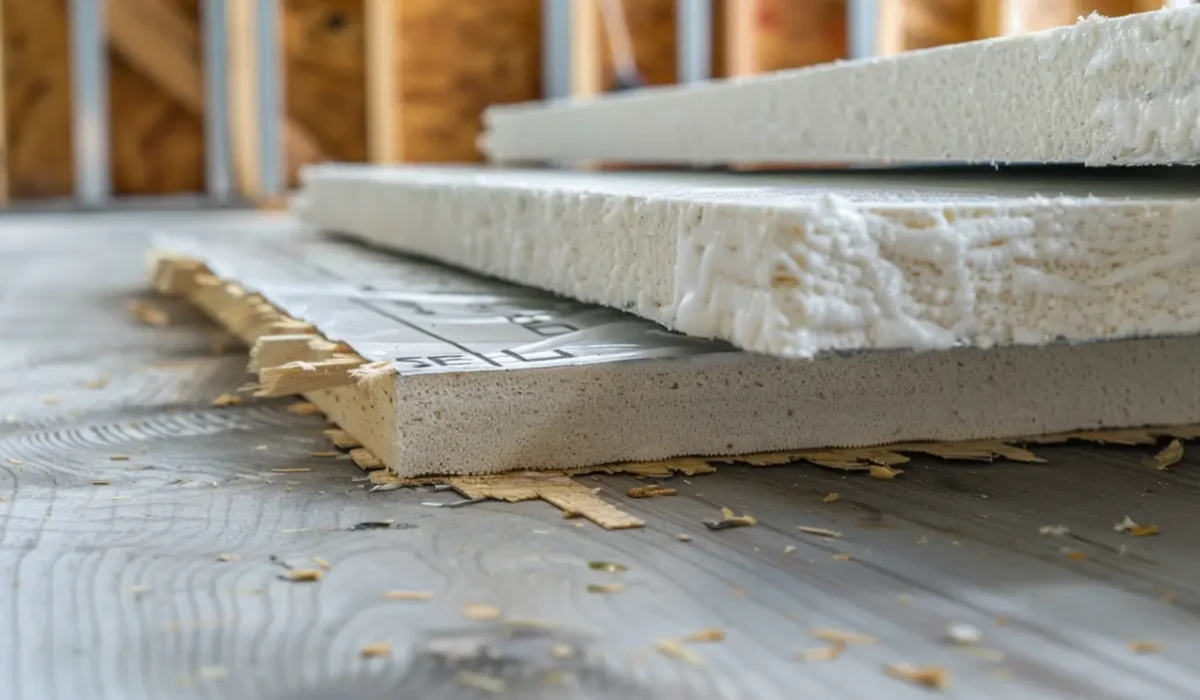When most homeowners think about roofing, shingles or tiles usually come to mind. However, one of the most important layers of protection for your home lies hidden beneath the surface — the roofing underlayment. This essential component provides a secondary barrier against water intrusion, helping ensure your home stays dry and secure. Understanding the purpose and benefits of underlayment will give you greater appreciation for the strength and resilience of your roof.
What Is Roofing Underlayment?
Roofing underlayment is a protective layer installed between the roof deck and the outer roofing material. While shingles shield your home from direct exposure to the elements, underlayment acts as the backup line of defense. It is typically made from felt, rubberized asphalt, or synthetic materials, each offering unique advantages in terms of durability, water resistance, and longevity.
In regions like Grapevine, TX, where storms can be unpredictable, underlayment is especially important. Shingles may shift or crack due to high winds or hail, but a properly installed underlayment prevents leaks from reaching the decking and interior.
The Primary Purpose of Underlayment
The core purpose of roofing underlayment is to stop water infiltration. Even the best shingle systems can develop weaknesses over time due to aging, storm damage, or improper installation. Without underlayment, any gap would allow water to penetrate directly into the structure, leading to rot, mold, and structural deterioration.
Underlayment also provides a temporary safeguard during construction. If shingles cannot be installed immediately, underlayment protects the exposed roof deck from rain or snow. This ensures the interior of your home remains safe, even in the middle of a project.
Types of Roofing Underlayment
Not all underlayments are the same. Homeowners often choose from three main categories:
- Asphalt-saturated felt: Traditional and affordable, felt underlayment offers basic protection but is less durable compared to newer materials.
- Rubberized asphalt: A premium option, this type provides excellent waterproofing and flexibility. It is especially effective in preventing leaks around penetrations like vents and chimneys.
- Synthetic underlayment: Made from advanced polymers, synthetic options are lightweight, tear-resistant, and highly effective in resisting moisture and UV exposure.
When combined with high-quality shingles from brands such as Owens Corning, underlayment forms a comprehensive shield designed to withstand years of weathering.
Added Benefits for Homeowners
Aside from preventing leaks, roofing underlayment offers several additional benefits:
- Improved fire resistance: Certain underlayments are engineered to provide fire protection, enhancing overall roof safety.
- Energy efficiency: By creating an extra insulating layer, underlayment can help regulate attic temperatures, reducing strain on heating and cooling systems.
- Enhanced shingle performance: Underlayment provides a smooth, uniform surface for shingles to adhere to, extending their lifespan and effectiveness.
Why Professional Installation Matters
While some homeowners may consider underlayment a simple addition, its installation requires precision. Misalignment, wrinkles, or improper fastening can compromise its performance. That’s why it’s best to rely on certified professionals like KangaRoof, who bring expertise and attention to detail to every project.
Certified contractors understand manufacturer requirements and local building codes, ensuring your roof receives the full benefit of its protective layers. Professional installation also helps maintain warranties from leading manufacturers, giving you long-term security.
Long-Term Protection Against Texas Weather
In Texas, where hailstorms and sudden heavy rains are common, roofing underlayment is not optional — it’s essential. Without it, water could easily infiltrate beneath lifted or broken shingles. Over time, this leads to costly interior repairs, insulation damage, and compromised structural integrity.
By investing in underlayment, homeowners in Grapevine and surrounding areas gain peace of mind knowing their roof is prepared to withstand both everyday weather and severe storms.
Conclusion
Roofing underlayment may not be visible, but it plays a vital role in protecting your home. Acting as a second shield beneath shingles, it stops leaks, improves energy efficiency, and enhances the performance of roofing materials. With professional installation from trusted experts like KangaRoof and durable products from Owens Corning, you can rest assured your home is built to last through Texas weather challenges.
Read also our blog: Rooftop Snow Removal: Why It’s Important for Your Home
